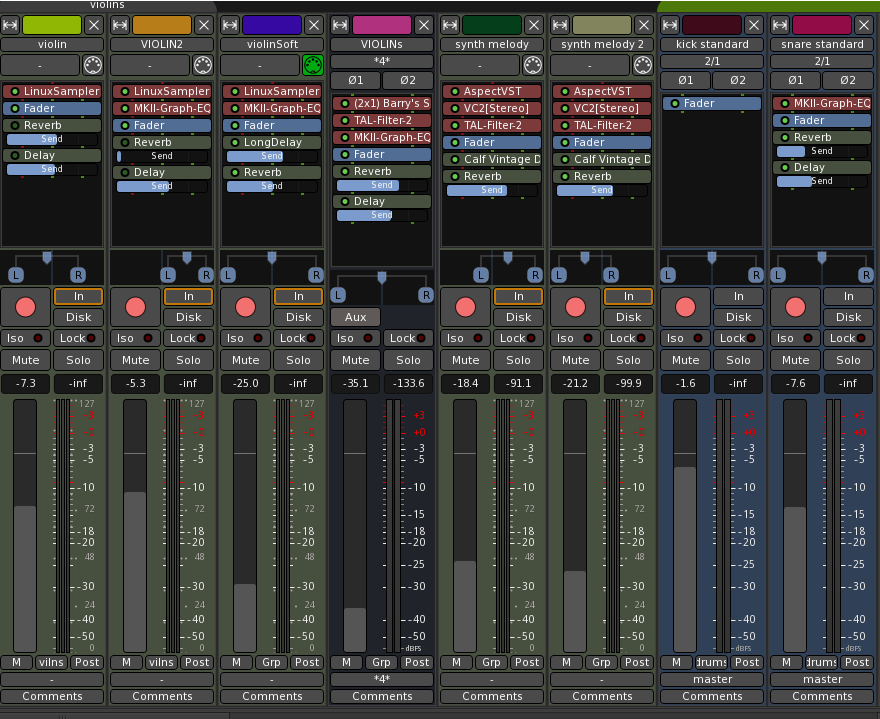

The resolution of binary integers increases exponentially as the word length increases.

The resolution indicates the number of discrete values that can be represented over the range of analog values. The amplitude is the only information explicitly stored in the sample, and it is typically stored as either an integer or a floating point number, encoded as a binary number with a fixed number of digits: the sample's bit depth, also referred to as word length or word size. Each sample represents the amplitude of the signal at a specific point in time, and the samples are uniformly spaced in time. Binary representation Ī PCM signal is a sequence of digital audio samples containing the data providing the necessary information to reconstruct the original analog signal. Non-PCM formats, such as those using lossy compression, do not have associated bit depths. Bit depth also affects bit rate and file size.īit depth is useful for describing PCM digital signals. However, techniques such as dithering, noise shaping, and oversampling can mitigate these effects without changing the bit depth. In basic implementations, variations in bit depth primarily affect the noise level from quantization error-thus the signal-to-noise ratio (SNR) and dynamic range. Examples of bit depth include Compact Disc Digital Audio, which uses 16 bits per sample, and DVD-Audio and Blu-ray Disc which can support up to 24 bits per sample. In digital audio using pulse-code modulation (PCM), bit depth is the number of bits of information in each sample, and it directly corresponds to the resolution of each sample. For other uses of "8-bit music", see chiptune.Īn analog signal (in red) encoded to 4-bit PCM digital samples (in blue) the bit depth is four, so each sample's amplitude is one of 16 possible values.


 0 kommentar(er)
0 kommentar(er)
